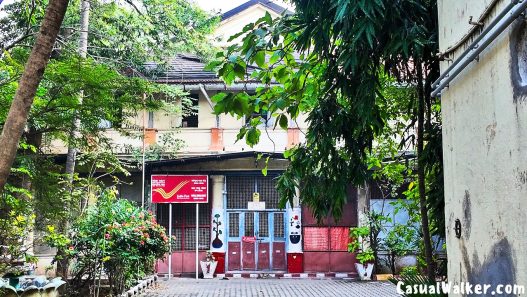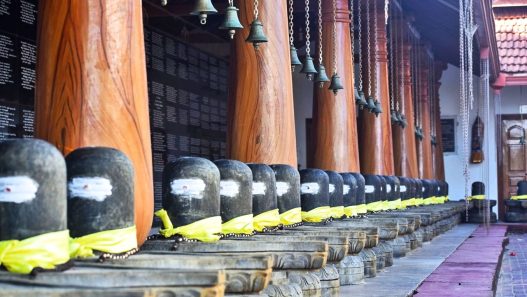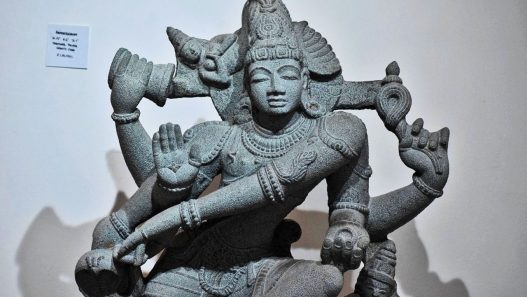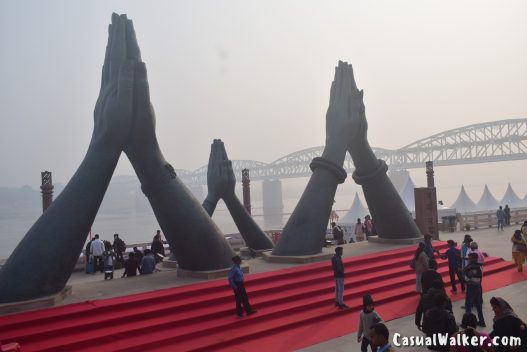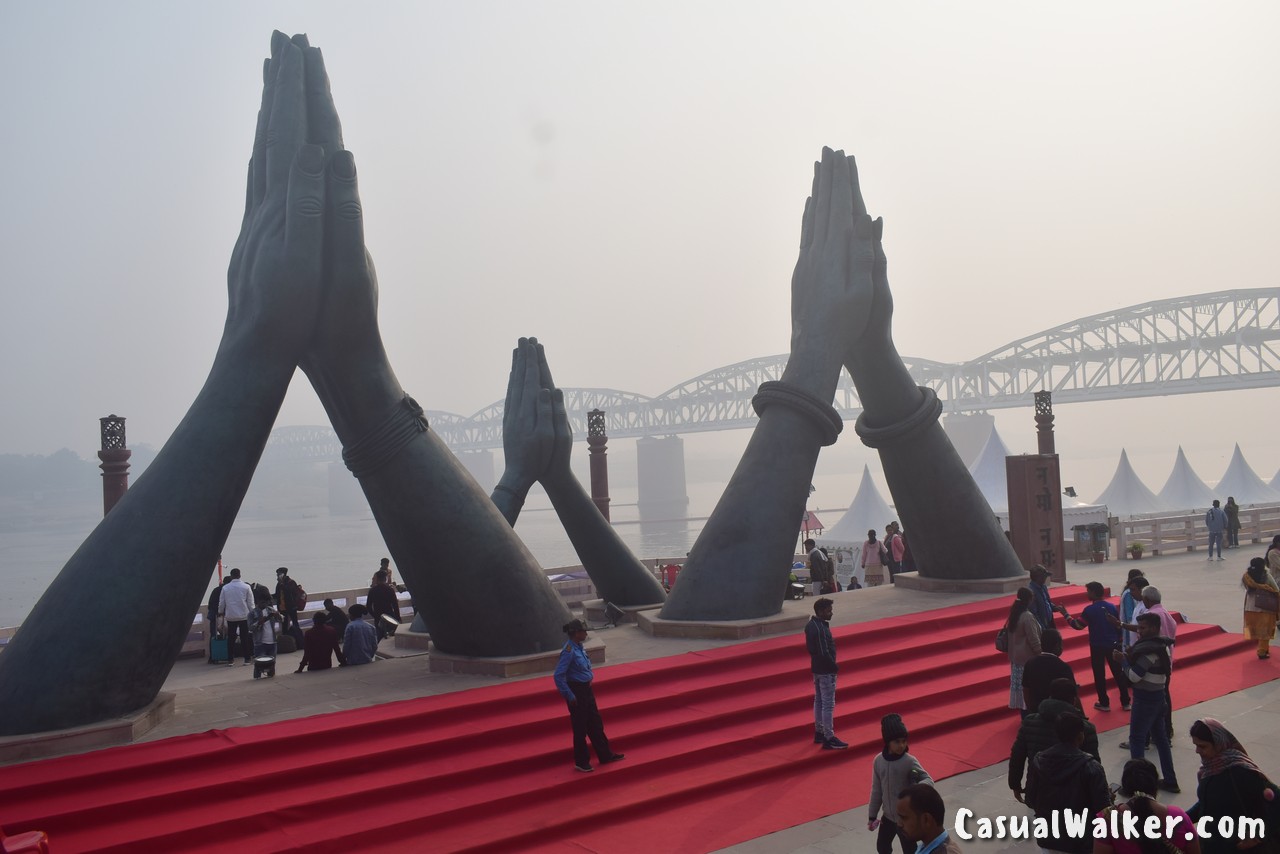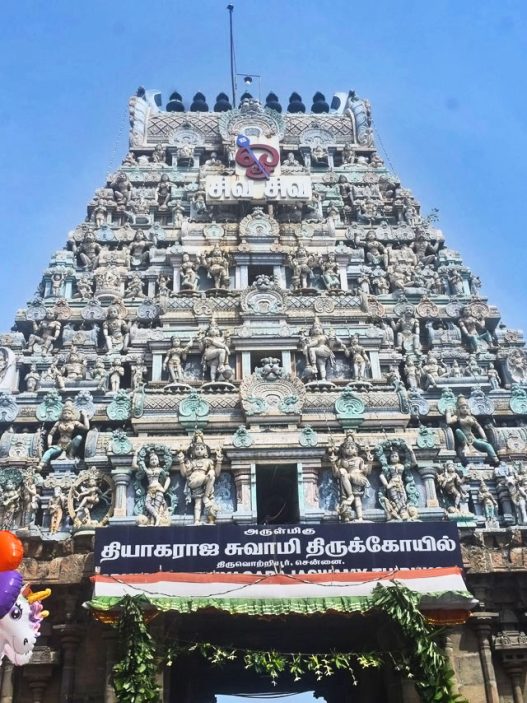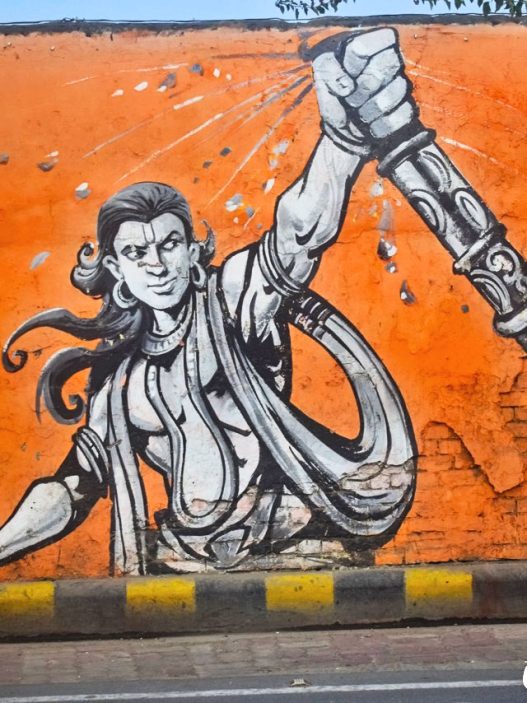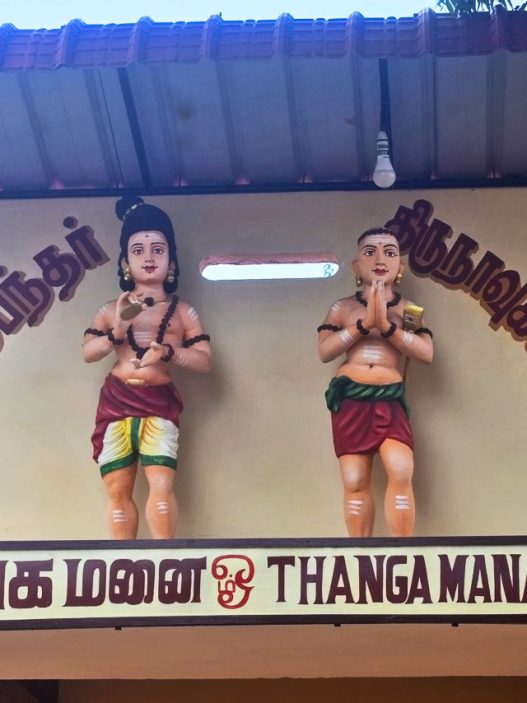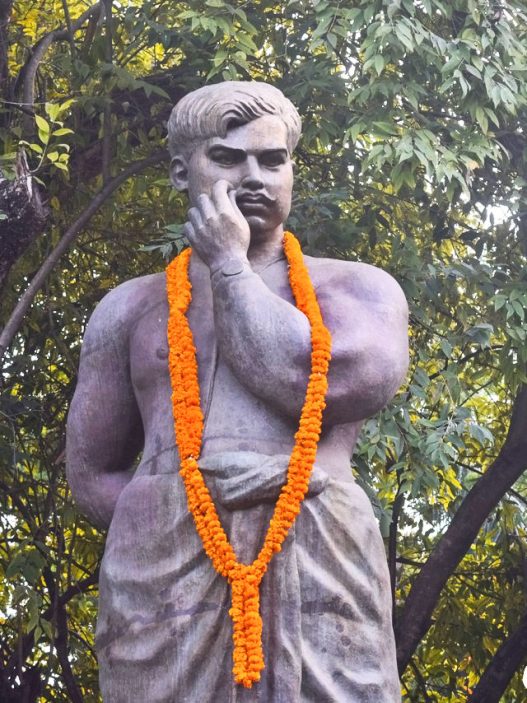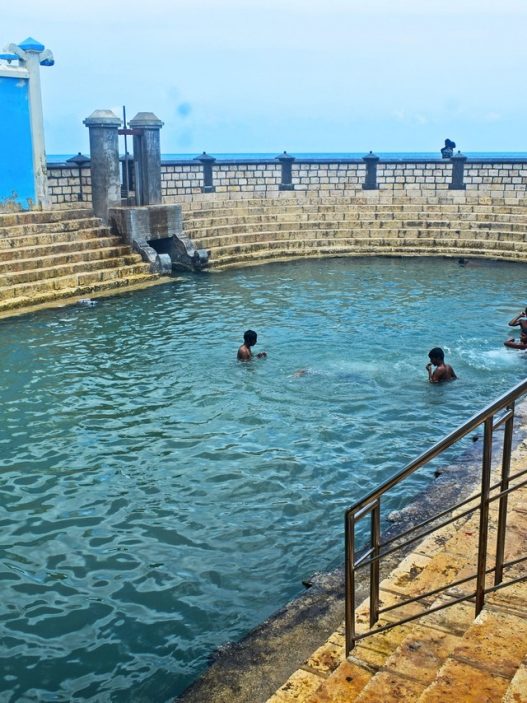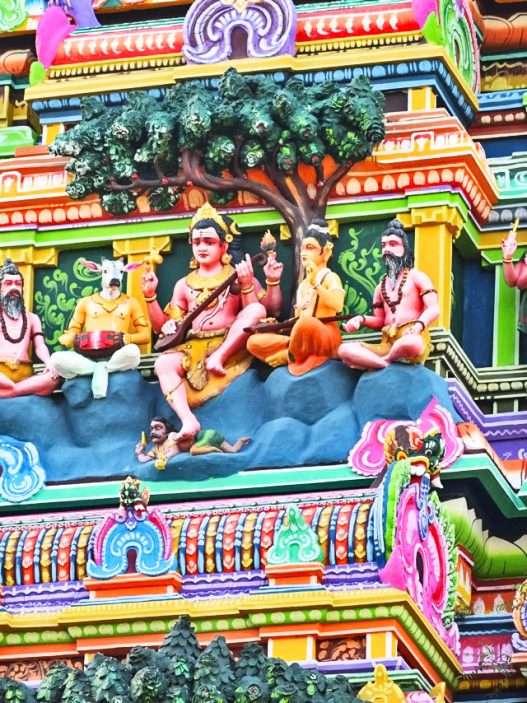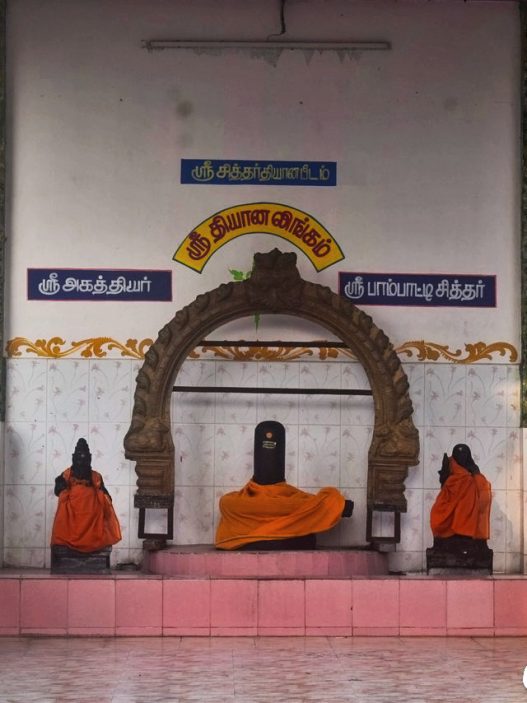Namo Ghat Varanasi 2025: Complete Travel Guide | Namaste Sculptures & Architecture – The 86th Ghat in the Holy City of Varanasi / Namo Ghat Timings, Boat Tours, Contact Information, History, Architecture, Distance & Travel Tips (Updated)
– first ghat from where we can see all 84 other ghats in varanasi through boat ride
Namo Ghat, which has become the 86th ghat in the holy city of Varanasi, stands as one of the most significant ghats along the sacred Ganges River, representing the perfect fusion of ancient spirituality and modern infrastructure. As part of Varanasi’s extensive network of 86 ghats – the iconic stone steps that descend gracefully to the holy river – this newly renovated spiritual destination serves as a sacred gateway for bathing rituals and religious ceremonies that have been performed for millennia.
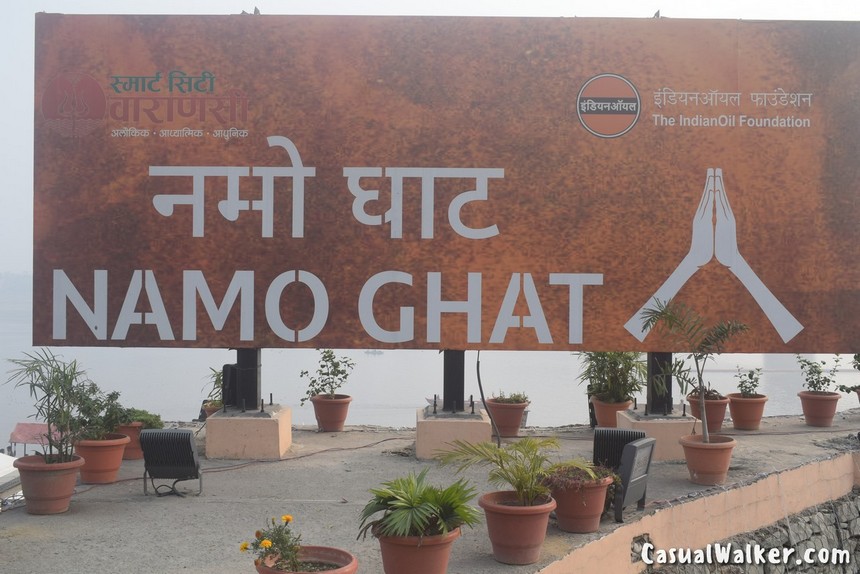
Namo Ghat has quickly become a magnet for pilgrims and spiritual seekers from across the globe. The ghat pulsates with vibrant spiritual energy throughout the day, as devotees engage in sacred rituals, meditation, and traditional ceremonies against the backdrop of the eternal Ganges. Namo Ghat is the only ghat in Varanasi which will be accessible by road, water and air.
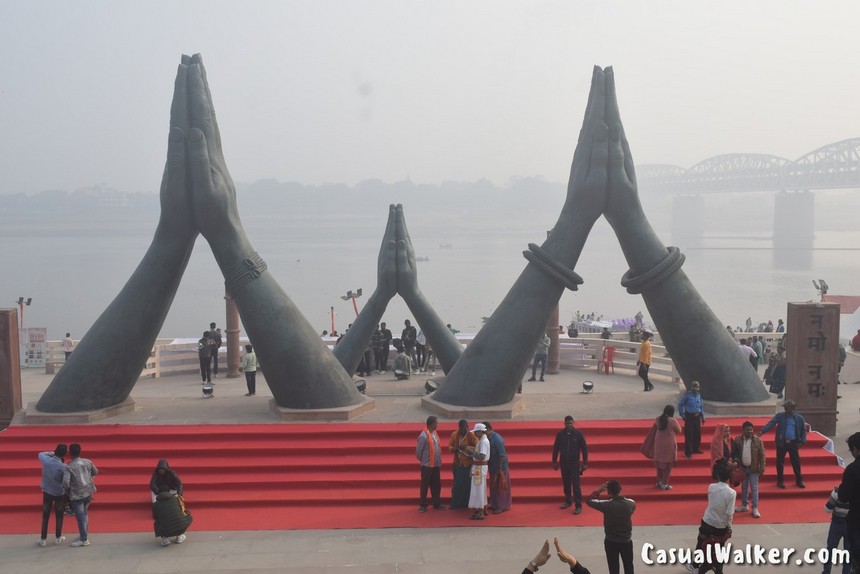
Varanasi, known as the oldest living city in the world, has always been famous for its mesmerizing ghats and ancient temples along the sacred Ganges. What many don’t realize is that the city’s spiritual landscape continues to evolve. The Namo Ghat, formerly known as Khidkiya Ghat, underwent a magnificent transformation and was officially inaugurated on November 15, 2024.
History of Namo Ghat, Varanasi
The Namo Ghat’s historical significance was first documented by Dr. Moti Chandra in 1931 AD, a distinguished Indian scholar, art historian, and acclaimed author. Dr. Chandra, who was a descendant of Shri Bharatendu Harishchandra – who recognized the ghat’s strategic importance in Varanasi’s spiritual geography.
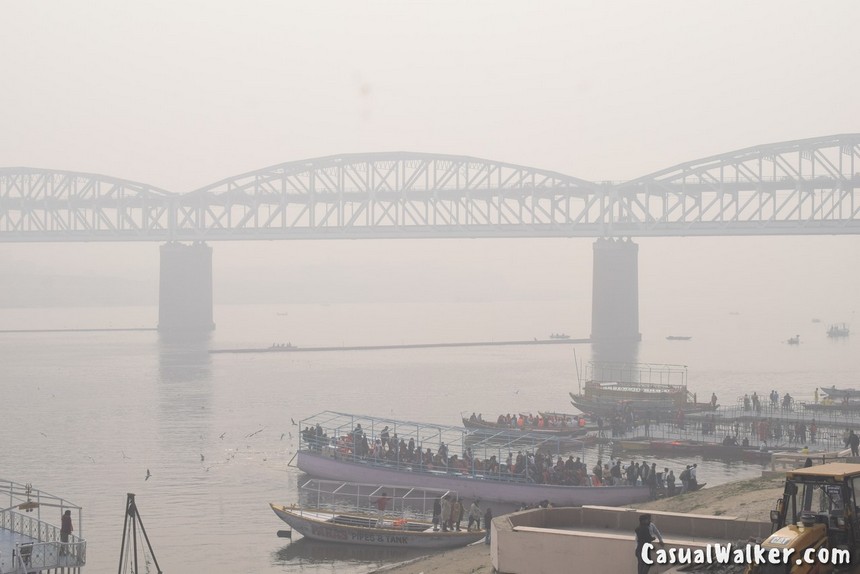
Strategic Location and Ancient Identity
Positioned between the sacred Rajghat and Adi Keshav Ghat at the confluence of the Ganga and Varuna rivers, this location holds immense historical significance. Archaeological evidence suggests that this site is likely the ancient Vedeshwar Ghat mentioned in the historic Gahadval donation inscriptions, connecting it to centuries of Hindu pilgrimage traditions.
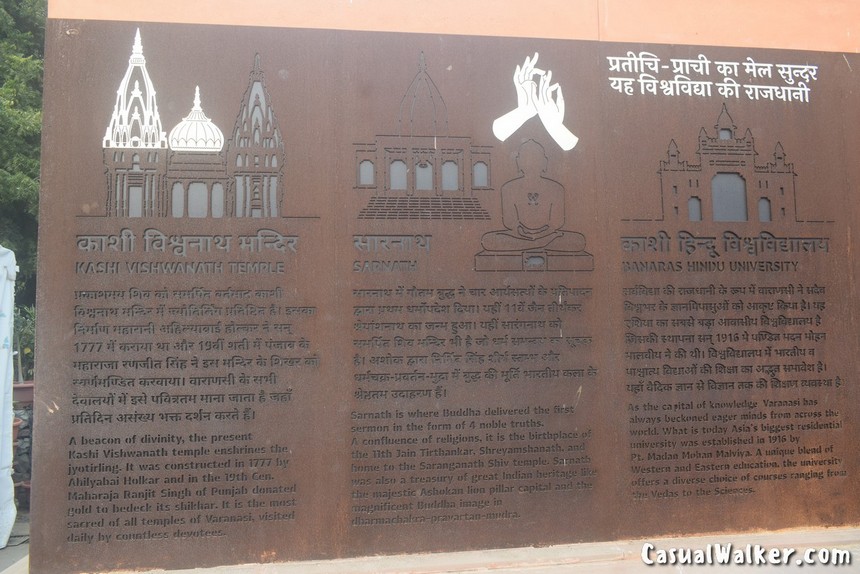
The Name “Khidkiya” – A Window to Varanasi
The ghat’s former name, “Khidkiya Ghat,” translates to “Window Ghat” – a poetic reference to its unique vantage point. From this strategic location, visitors can witness the crescent-shaped flow of the sacred Ganga as it curves gracefully through Varanasi, offering unparalleled views of all 84 ghats lined along the river’s western bank. This natural amphitheater effect made it a perfect “window” through which to observe the entire spiritual landscape of Kashi, earning it this evocative name that has endured through centuries.
This panoramic viewing advantage continues to make Namo Ghat one of the most photographed and visited locations for those seeking to capture the essence of Varanasi’s timeless beauty.
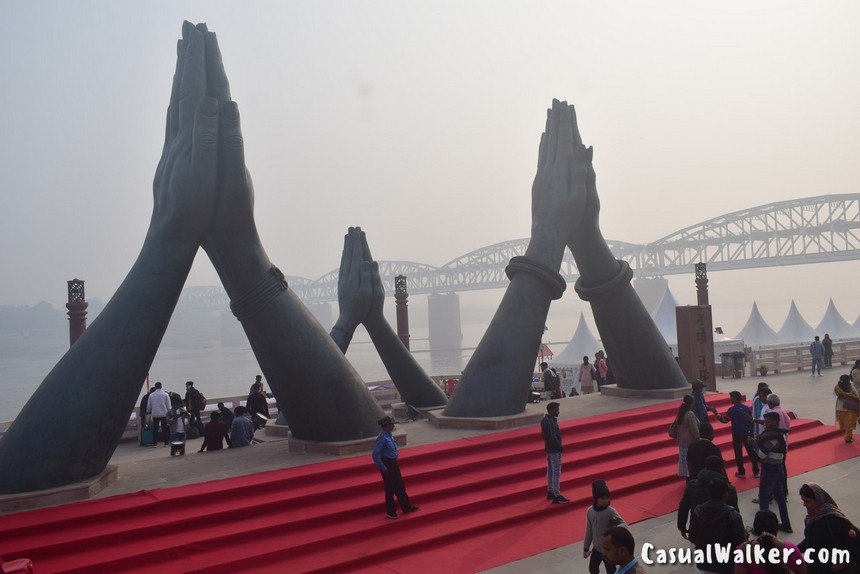
The ghat gets its popular name “Namo” from the three spectacular sculptures of hands folded in the namaste pose that have become its iconic identity.
Architectural Marvel of Namo Ghat, Varanasi
As I approached the ghat in the early morning, I was struck by the sight of the towering sculptures. The two larger hands, standing majestically at 25 feet tall, face the rising sun in eternal salutation to the Sun God. The smaller 15-foot sculpture gracefully greets the holy river Ganga.
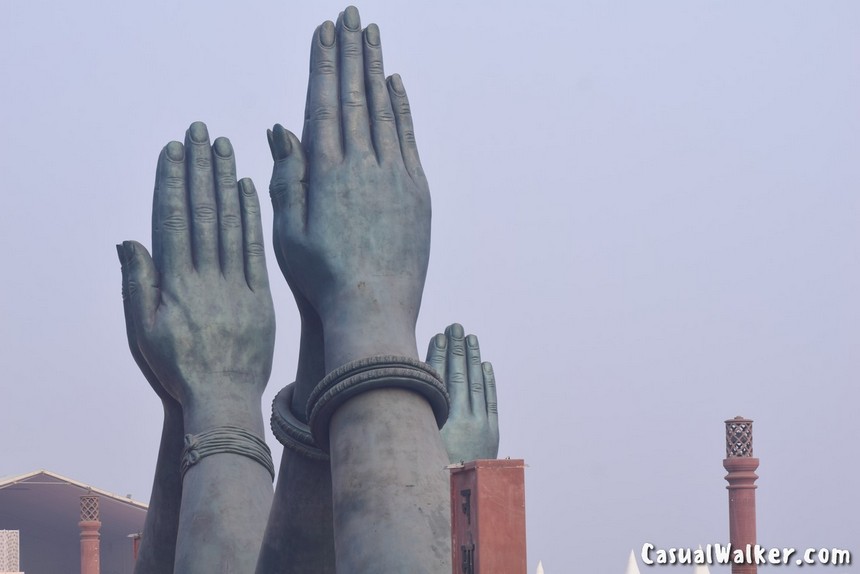
The renovation has created a beautiful promenade along the Ganga riverfront – a perfect spot for quiet contemplation while soaking in Varanasi’s timeless vibes. The state-of-the-art facilities include a cafeteria, multiple platforms, and stunning wall paintings that showcase Kashi’s rich heritage.
Namo Ghat, Varanasi Experience: From Sunrise to Sunset
I decided to visit during both sunrise and sunset to capture the full essence of this sacred space. The early morning hours offered a tranquil experience, with fewer crowds and the magical Subah-e-Banaras atmosphere. As the sun rose, the sculptures seemed to come alive, casting beautiful shadows on the steps leading down to the river.
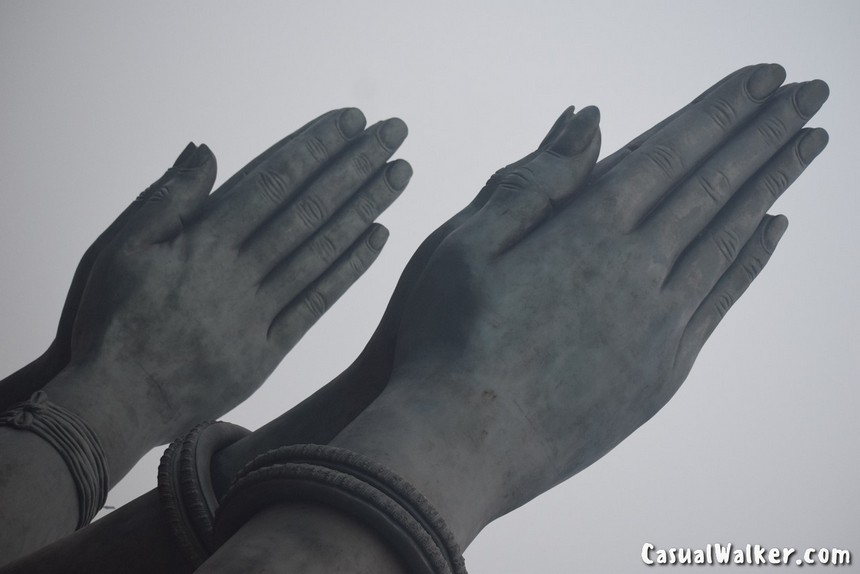
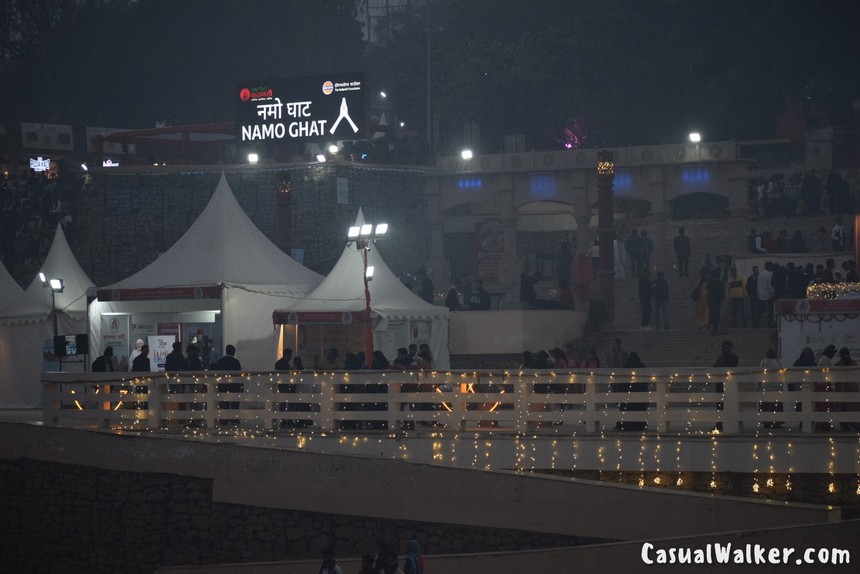
The evening brought its own charm with the famous Ganga aarti ceremony. The spiritual vibrations, combined with the modern amenities, created an experience that was both deeply traditional and refreshingly contemporary.
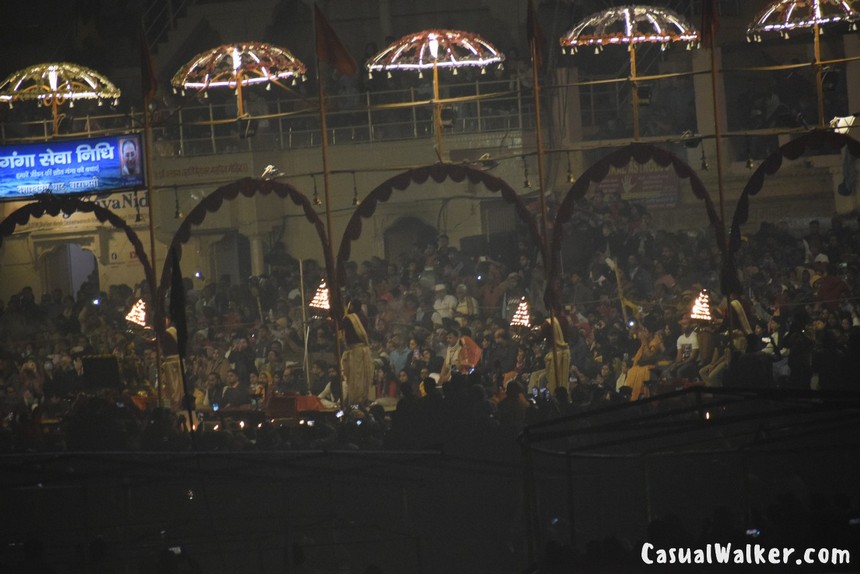
Namo Ghat, Varanasi Boat Facilities and River Adventures
One of the highlights of my visit was discovering the excellent boat facilities available at Namo Ghat. As the first ghat from where you can see all 84 other ghats during a boat ride, it offers an unparalleled perspective of Varanasi’s spiritual landscape.
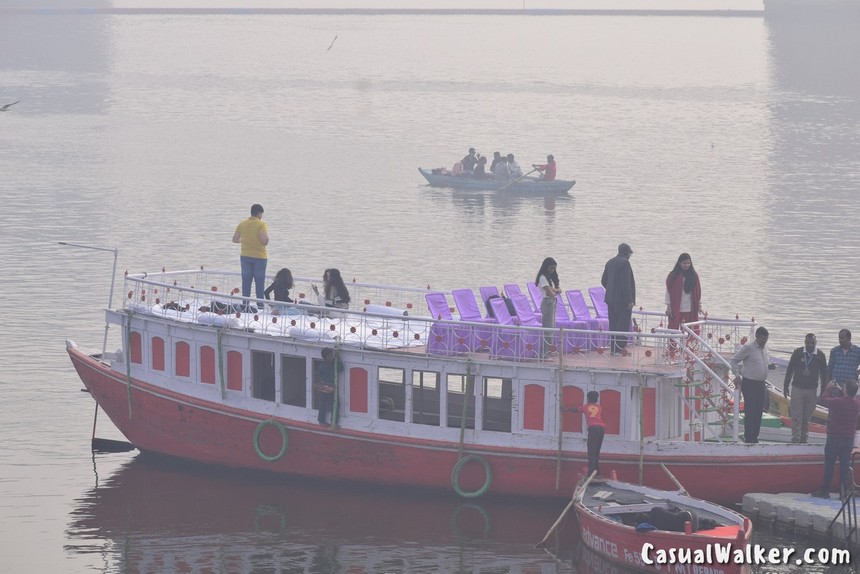
Boat Ride Services: Available until 8:00 PM
Estimated Price Ranges for Boating:
Small Boat (2-4 people): ₹500-1,500 per boat
Motor Boat (4-8 people): ₹1,000-3,000 per boat
Private Motor Boat: ₹2,000-5,000 per boat
Evening Ganga Aarti Special: ₹1,500-4,000 per boat
The boat services here are well-organized, with:
- Regular boat rides offering panoramic views of the entire ghat system
- Water adventure activities for the more adventurous visitors
- Sunset boat rides that provide spectacular views of the ghats illuminated against the evening sky
- Photography boat tours that take you to the best vantage points
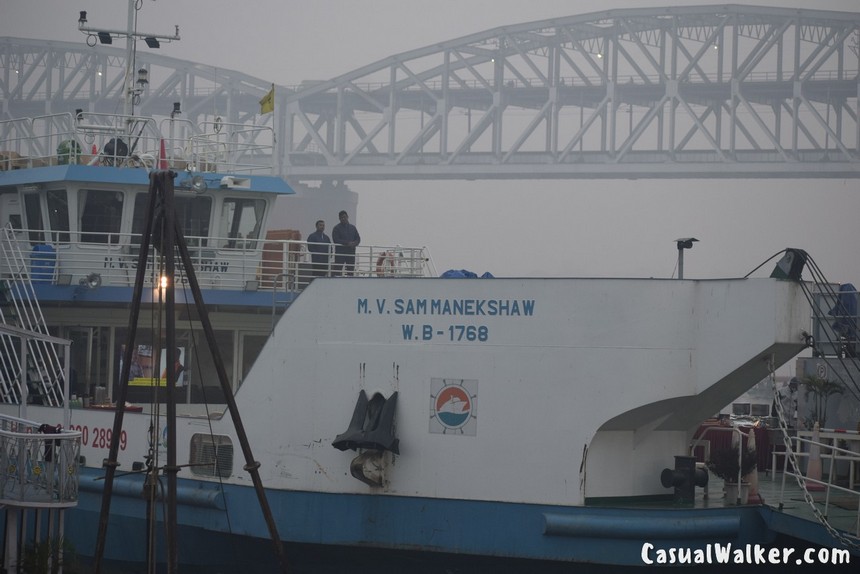
Malviya Bridge Varanasi – Engineering Marvel
I particularly enjoyed the boat ride that gave me a stunning view of the Malviya two-tier bridge, which stands as a remarkable engineering marvel that perfectly complements the spiritual landscape visible from Namo Ghat. This unique two-tier bridge is one of India’s most innovative infrastructure projects, ingeniously designed to accommodate both four lanes of road traffic on the upper deck and two railway tracks on the lower level, making it a true multi-modal transportation hub.
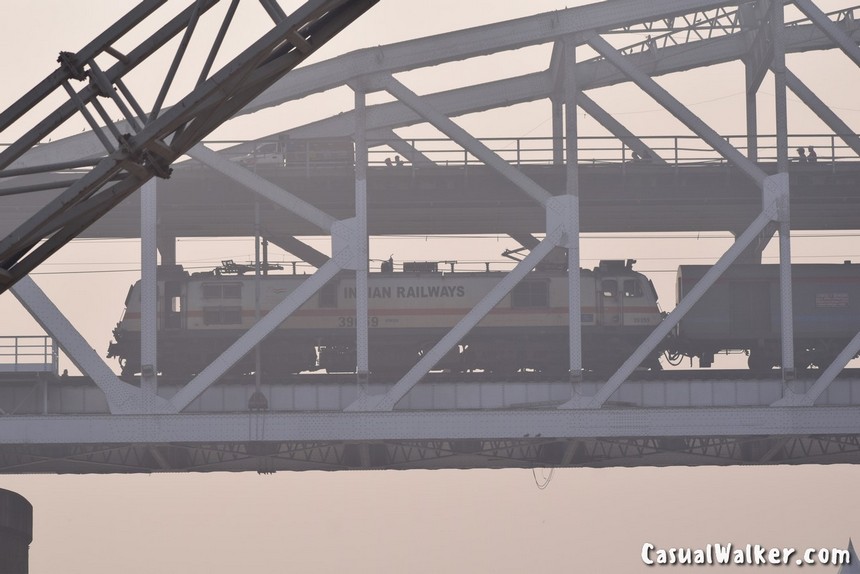
During my boat ride from Namo Ghat, the bridge’s impressive silhouette against the Varanasi skyline created a stunning juxtaposition of modern engineering and ancient spirituality. Named after freedom fighter and educator Pandit Madan Mohan Malaviya, this architectural wonder spans the sacred Ganges River and serves as a vital lifeline connecting Varanasi to the rest of India.
The bridge’s strategic location makes it perfectly visible from Namo Ghat’s boat rides, offering photographers and visitors spectacular views of this engineering feat while simultaneously providing glimpses of the historic Ramnagar Fort on the opposite bank. As the Ganga flows silently beneath this magnificent structure, it symbolizes how modern India continues to honor its ancient heritage while embracing technological progress.
Modern Amenities in Namo Ghat, Varanasi
What impressed me most was how the ghat maintains its traditional spiritual atmosphere while offering modern conveniences:
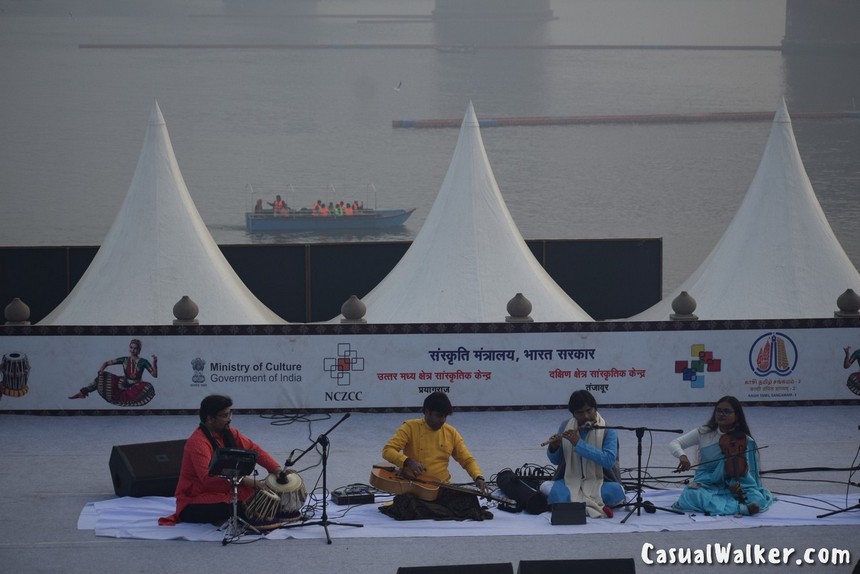
- Open Air Theater (OAT): A multipurpose platform for cultural events and performances
- Food Court: Serving authentic Banarasi cuisine
- Library: A quiet space for reading and reflection
- Exercise and Yoga Areas: Perfect for morning workouts with a view of the Ganga
- Cafeteria: Where I enjoyed the recommended lemon tea while watching the river flow
- Multiple Photo Points: Strategically placed for capturing the perfect shot.
Practical Tips for Namo Ghat, Varanasi
- Best Time to Visit: Weekdays are less crowded; avoid Sundays and public holidays
- Optimal Hours: Sunrise offers tranquility, while post-sunset provides an energetic spiritual atmosphere
- Nearby Attractions: Combine your visit with the Kashi Vishwanath Temple and Dashashwamedh Ghat
- Must-Try: The lemon tea at the ghat is surprisingly refreshing
- Activities: Don’t miss the boat rides and explore the various photo points
The Namo Ghat offers visitors a chance for relaxation, introspection, and spiritual connection in a setting that’s both ancient and contemporary. The cleanliness, well-maintained facilities, and thoughtful architecture make it a perfect introduction to Varanasi for first-time visitors, while offering seasoned travelers like myself a fresh perspective on this timeless city. Namo Ghat is a testament to how sacred spaces can evolve while maintaining their spiritual essence.
Travel Tips for in Namo Ghat Varanasi
Namo ghat Address:
Namo ghat, Rajghat, Varanasi,
Uttar Pradesh 221001
Entry Fee: Namo Ghat is currently free to visit with no ticket required
GPS Coordinates: 25.326488078278167, 83.03848862407443
Contact Information / Phone Number:
- Varanasi Tourism Office: +91-542-2506638
- UP Tourism Helpline: 1363
Location Details: Situated downstream between Bhaisashur Ghat (Rajghat) and Adikeshav Ghat, and located near the Kashi railway station, adjacent to the Raj Ghat bridge
Namo Ghat Timings
Operating Hours:
- Opening Time: 5:00 AM
- Closing Time: 10:00 PM
Open Days:
- Open: All 7 days of the week
- No weekly closure days – The ghat operates daily
Best Time to Visit:
Evening Aarti: Evening Ganga Aarti is performed at the ghat.
Sunrise: Particularly stunning during sunrise and sunset, offering picturesque views of the river
Early Morning: 5:00 AM – 8:00 AM for peaceful atmosphere and morning prayers
Evening: 6:00 PM – 8:00 PM for sunset views and cultural activities
How to Reach Namo Ghat
By Road
- National Highways: NH-2 (Delhi-Kolkata) and NH-7 connect Varanasi
- Local Transport: Can take Auto rickshaws, Tuk-tuks from anywhere for Namo Ghat
- Vehicle Access: Unlike other ghats you would be taken right next to the entrance of the Ghat (from Rajghat road you can bring in your own vehicles too)
- Parking: The ghat can be easily accessed by various modes of transportation, with parking facilities available
Local Transportation
- Auto-rickshaws: Most convenient for local travel
- Tuk-tuks: Available throughout the city
- Taxis: Both app-based and traditional taxis
- Buses: Regular city bus services
- Accessibility: This ghat is also friendly for disabled people who can not walk through narrow lanes of Kashi. They can easily reach here by car or bike.
By Train
Nearest Railway Stations:
- Varanasi Junction (BSB) – Main railway station
- Manduadih Railway Station (MUV)
- Kashi railway station (closest to Namo Ghat)
- From Railway Station: Take auto-rickshaw, taxi, or bus to reach Namo Ghat
- Travel Time: 15-30 minutes depending on the station
By Flight
- Nearest Airport: Lal Bahadur Shastri Airport, Varanasi (Babatpur Airport)
- Distance: Approximately 25-30 km from the airport
- Multiple airlines operate flights from Delhi to Varanasi, taking approximately 1.5 hours
- From Airport: Upon landing, hire a cab or tuk-tuk to reach the city center
- Travel Time: 45-60 minutes by taxi/cab from airport to Namo Ghat
Also check our Similar More Interesting Photo Stories:

